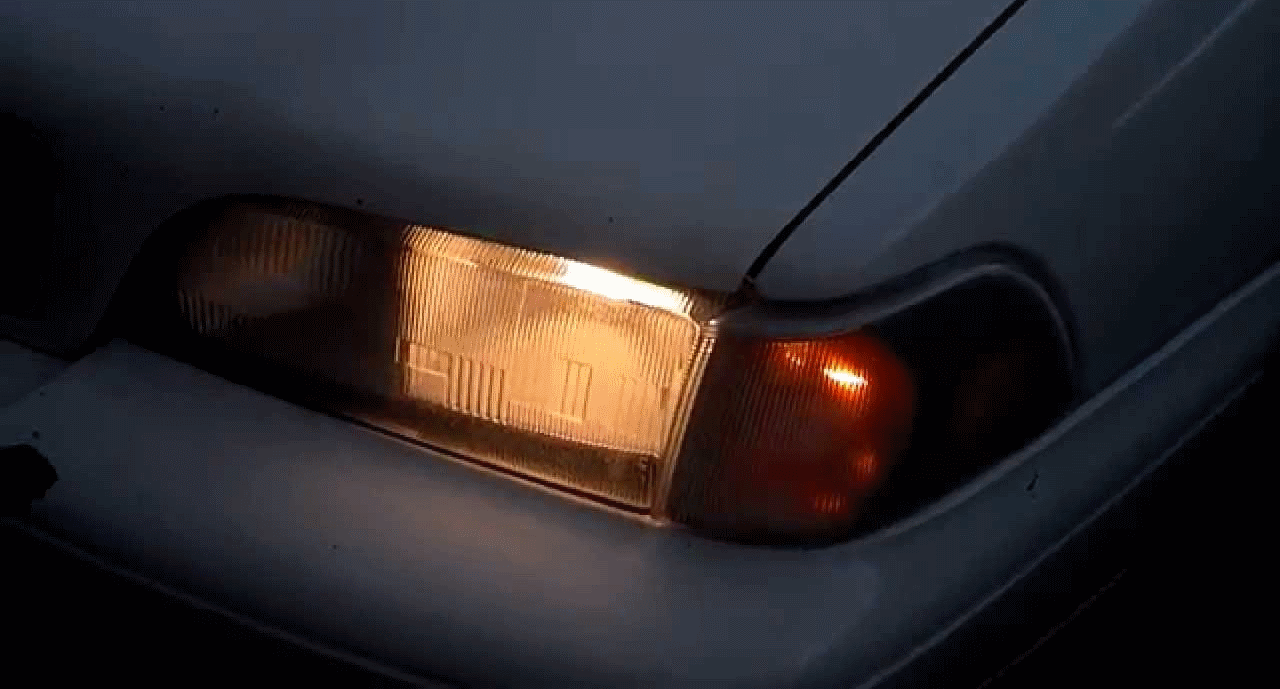

Simply look toward the right at the edge of the road until they have passed and do not stare at their lights.ģ. This may blind them and cause them to drift into your lane. If they continue toward you with the high beams on, do not put yours on high beams to “punish” them. If the oncoming vehicle does not dip their high beams, give them a quick on-off flash to remind them their high beams are still on. Naturally, you cannot keep your finger on the switch while cornering due to hand movement, but on straight stretches of road this works well.Ģ. This helps to remind you that you have your high beams on and makes it easy to turn them off at a moments notice. When you hold the steering wheel in the nine and three o’clock position (ideal for safe driving), this allows you to place a finger tip on the high-beam switch. Most vehicles mount the high beam switch on a stalk on either the left or right side of the steering column. This is well over the 150 metres required, but I do not want to blind oncoming traffic.ġ. If I have my high beams on when I encounter oncoming traffic, I’ll dip my high beams when I can see two distinct oncoming headlights. Do not stare at the tail lights in front of you. Keeping your vision high and scanning the whole road makes for safer driving. I practice keeping my vision high and looking as far up the road as possible, this is usually well before I get within the 60 metres required by law. When I approach a vehicle from behind, I’ll dip my high beams when I can make use of the lights of the vehicle in front: in other words, when the vehicle in front is illuminating the road that I am looking toward. The term “overdrive” in this case refers to the ability of the headlights to illuminate enough road ahead to stop in. Slower speeds only require the low beam and most new vehicles will not “overdrive” their headlights at these lower speeds. When I drive at night, I’ll use my high beams at speeds over 70 km/h. In other words, we all need to use common sense when deciding when to dip our high beams.

No one could judge that distance in daylight, never mind at night when it is applicable. However, I would bet there isn’t a motorist on our roads today that could judge when they are within 60 metres of the car ahead or 150 metres from an approaching vehicle.
You are to dim your headlights at a minimum distance of ca driver#
In our Highway Traffic Act (HTA) it states (Section 168) that every driver should not make use of their high beam headlights when they are within 60 metres of following a vehicle or within 150 metres of an approaching vehicle.


 0 kommentar(er)
0 kommentar(er)
